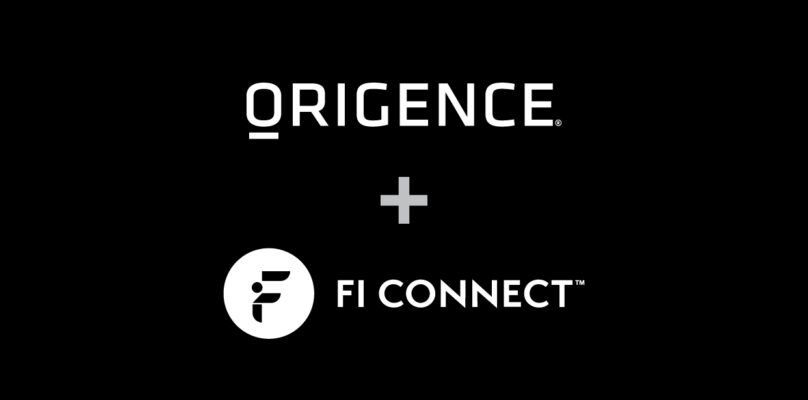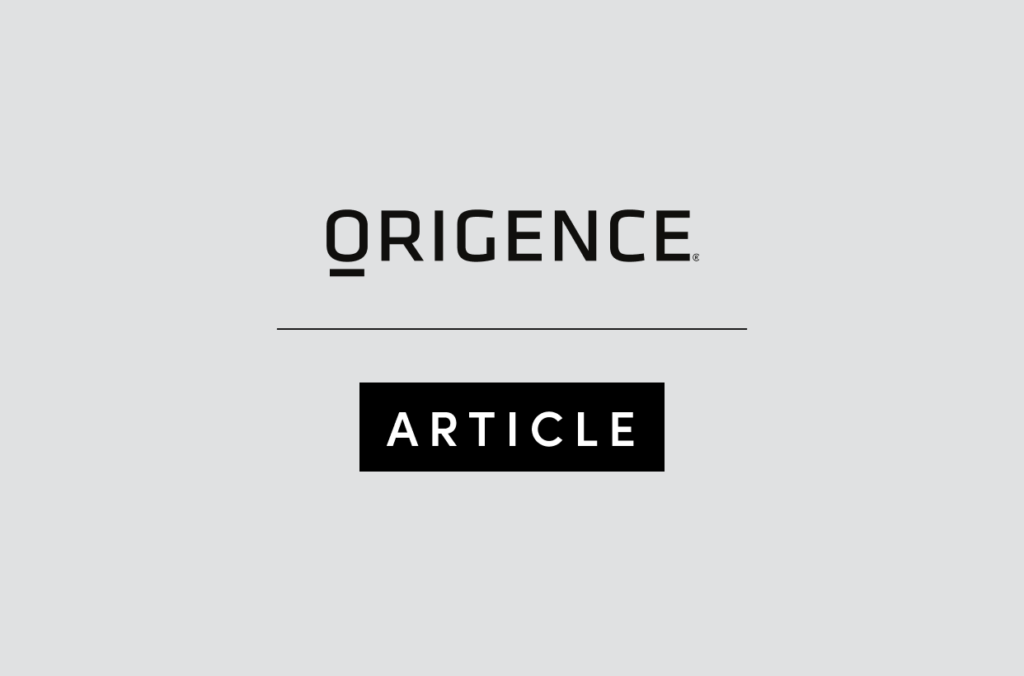To effectively grow lending in today’s auto marketplace, lenders are challenged to overcome a number of key factors, from ongoing effects of COVID to diminished vehicle inventory due to microchip shortages, and high consumer demand driving sky-rocketing used car prices.
How can credit unions continue to grow and maintain a healthy indirect auto loan program in a market where new records are broken every month and generation-defining world events create new retail challenges for dealerships and lenders?
The answer is fundamentals. No matter the economic or social influences, these three fundamentals are key to a successful indirect auto loan program: financials, efficiency, and flexibility.
1. Financial Fundamentals
Good indirect auto lending programs are built upon great relationships with dealers. However, all the relationship building in the world won’t increase loan volume if your financial fundamentals aren’t strong.
First and foremost, your base rates must be reasonable to effectively balance risk and yield — and that means pricing for all prime loans, not just A paper. Your dealer comp and advance levels must also be reasonable. That doesn’t mean you have to beat every other lender in all categories, but you need to be rock-solid overall.
Consistency is also key.
Lenders need to be there for the long haul when it comes to underwriting. Credit unions using our CUDL auto lending platform have the ability to effectively control their underwriting and their rates. Origence Indirect offers credit unions a program that is tailored to their specific strategic needs.
Credit unions can and must differentiate themselves in this way. Many big banks can be strong lending partners in good economic times, but typically pull back on credit when times get tough. Credit unions that offer a consistent lending experience will not only maintain healthy partnerships with dealers, but will position themselves for future success and the opportunity to expand their market presence.
The latest Quarterly Household Credit Report from the New York Federal Reserve Bank shows a record $201.9 billion in auto loan and lease originations in second quarter 2021. That figure represents a huge increase of 48.6% compared to second quarter 2020 and is even up 29.8% from pre-pandemic numbers in second quarter 2019.
Like other types of lenders, credit unions increased outstanding auto loan balances during the second quarter. However, according to Experian’s Q2 2021 State of the Automotive Finance Market, credit unions lost total auto loan and lease origination market share.
What’s the solution to potentially leaving money on the table? Automated decisioning and the data behind it can be used to approve more loans without increasing risk.
2. Efficiency Fundamentals
Inefficient decisioning and funding can quickly sour a strong dealer-lender relationship. Dealerships are under pressure to close deals quickly, while buyers are on their lot. Consumers also expect immediate decisioning, thanks to improvements in digital service driven by COVID-19.
Credit unions as a whole use automated decisioning for approximately 25 percent of auto loan applications. Compare that to some banks and finance companies, which use automated decisioning 100% of the time. And Tesla, a CUDL client that embraces technology as a cornerstone of their branding, uses a high level of automated decisioning.
Is 100% automation necessary to grow loans and effectively compete? No, in today’s increasingly competitive marketplace, efficient loan funding is what’s critical — not simply reaching 100% automation. Credit unions that use automated decisioning for 60% of loan applications, would increase auto loans and market share without increasing risk. I recommend two strategies to quickly reach that number: 1. automate easy approvals; and 2. hard pass declines and save the loan officer judgment calls for nonconforming loans.
Efficient loan funding is also a must when it comes to building and maintaining dealer relationships. CUDL’s SmartFund service is the perfect solution, rapidly improving efficiencies for credit unions and dealers. Credit unions can increase funding turnaround by making the process as easy as possible for dealers, streamlining procedures, and eliminating information and steps that aren’t needed.
3. Flexibility Fundamentals
Credit unions come in all shapes and sizes and serve a wide variety of markets. Auto dealerships also serve unique markets, and their organization structure and operations reflect that. To be a successful lending partner, credit unions must cater to these needs like they do when serving their own members.
Of course, partnerships are a two-way street. Credit unions can jumpstart this partnership flexibility by clearly communicating to dealers what they are looking for.
Credit unions should be carefully building their indirect loan portfolios, focusing on key measures like aggregate risk, yield and concentration. Credit unions that take this approach and work with their dealer partners to ensure they are providing the right kind of paper for a well-balanced portfolio, are in a better position to stretch to meet the dealer’s needs when asked. That shared effort toward both organization’s goals, that’s a relationship dynamic dealers can’t get from banks, finance companies or even their own captive lender.
It’s an indirect lending fundamental that offers real value to dealers.
Fundamentals never fail
The forces that are creating rapid change for retail businesses are also changing auto buying. Consequently, indirect auto lending is changing, too. However, the powerful relationships between auto dealers and credit unions – two businesses that are often cornerstones of local economies – are stronger than ever.
To continue that 25-year tradition and weather the storms of change, credit unions should stick to the fundamentals: financial, efficiency and flexibility. Executing on these essential steps are foundational to ensuring credit unions’ indirect auto loan growth and profitability now and in the future.
Don’t miss an opportunity to elevate your indirect lending:













